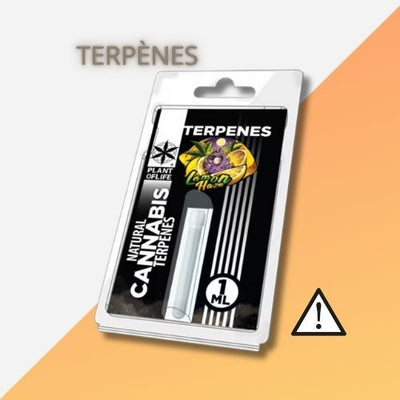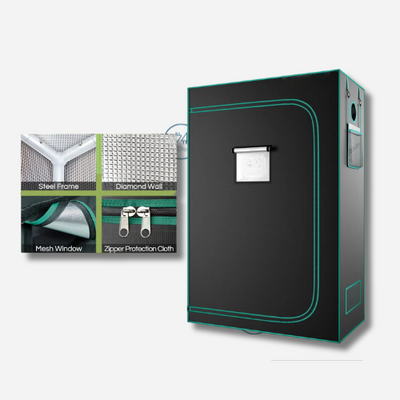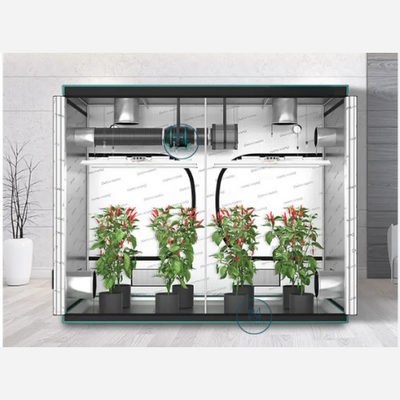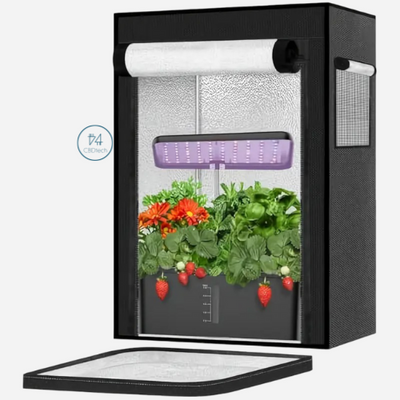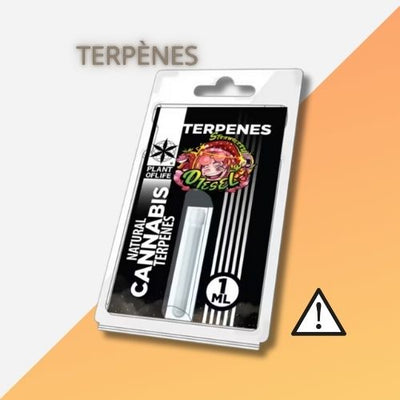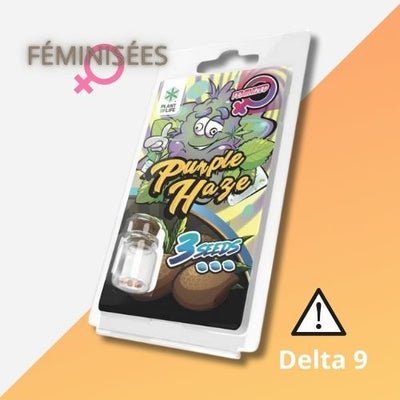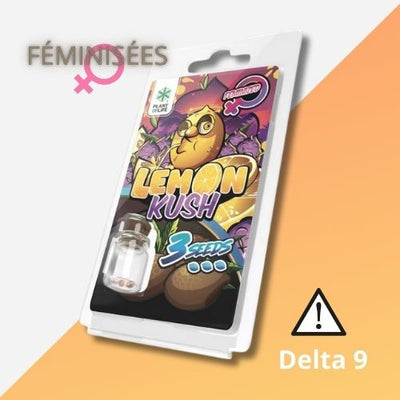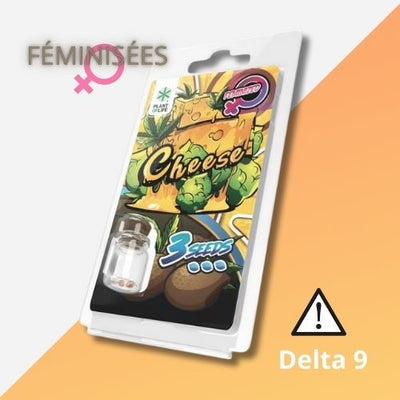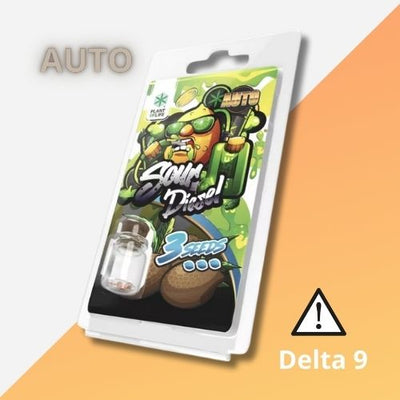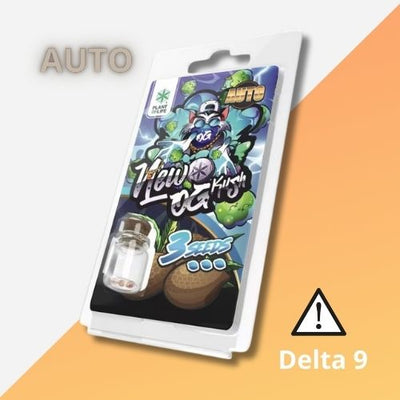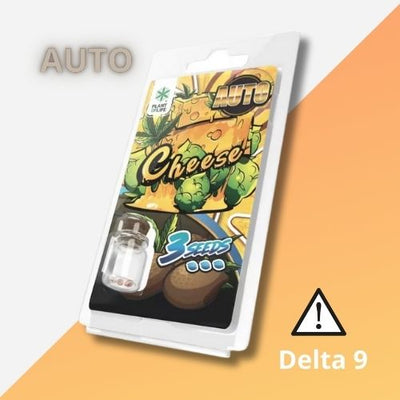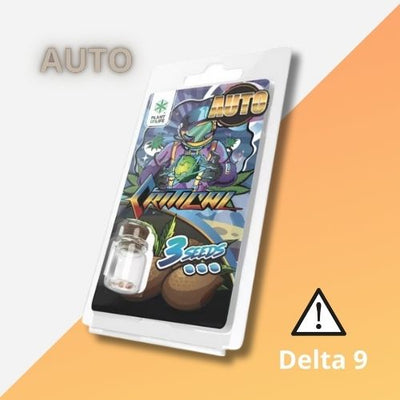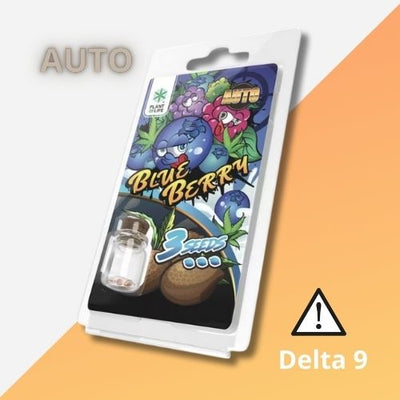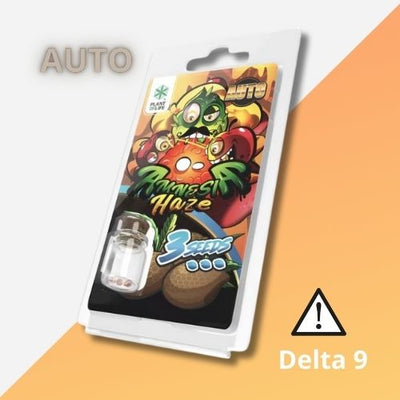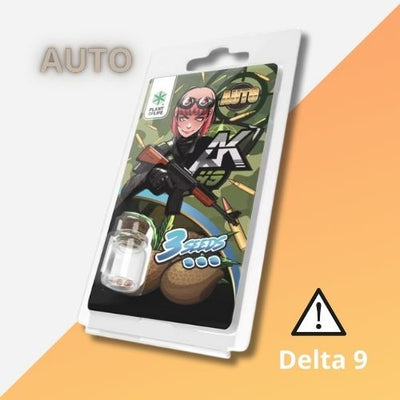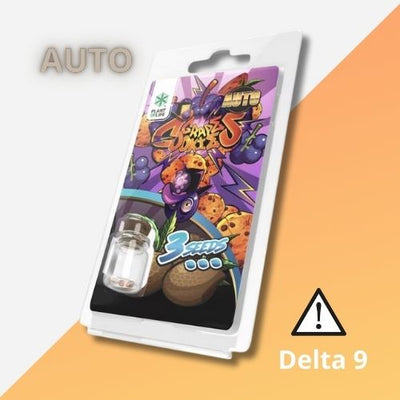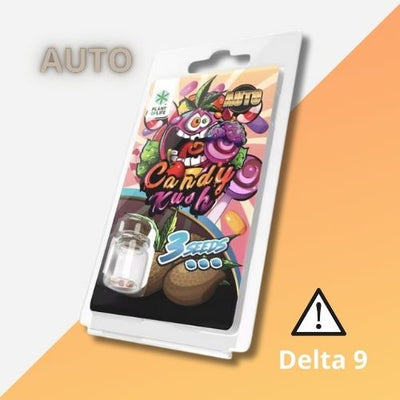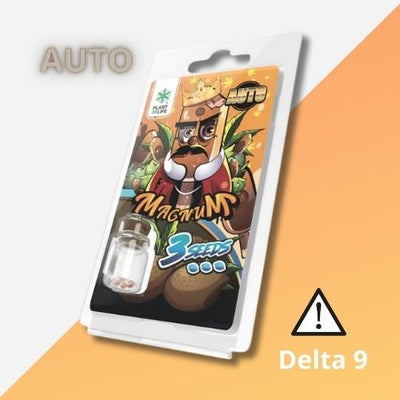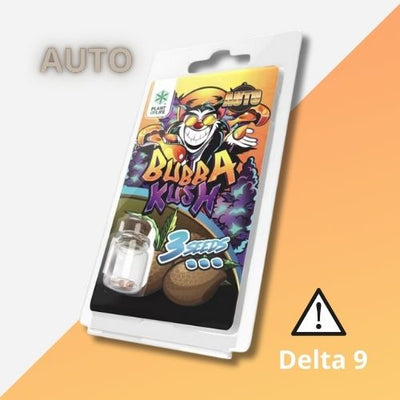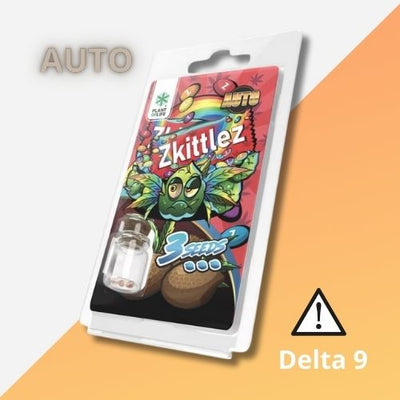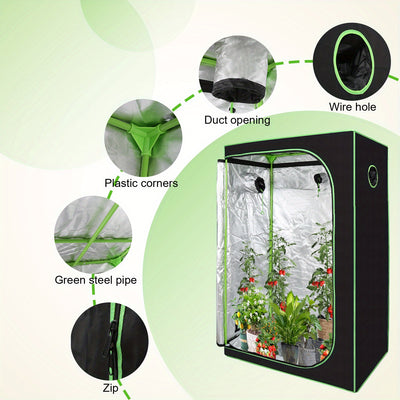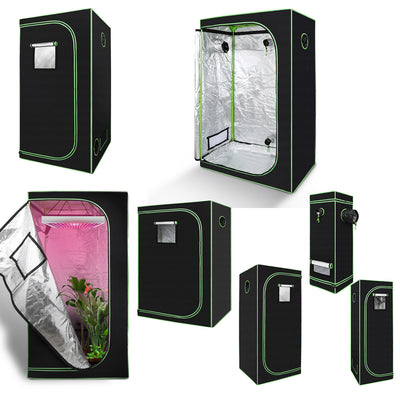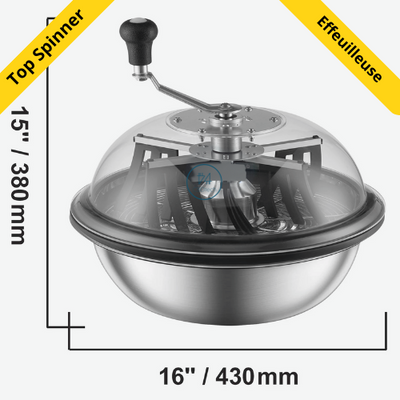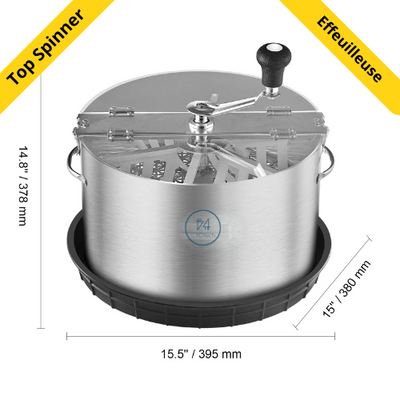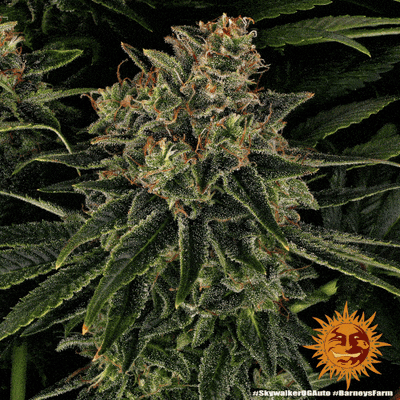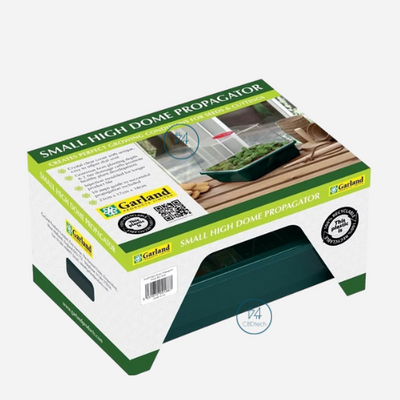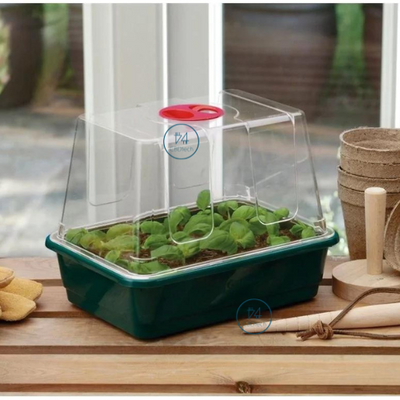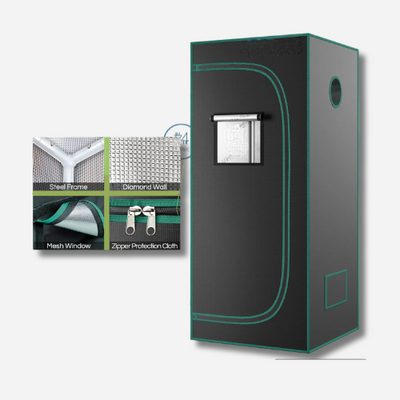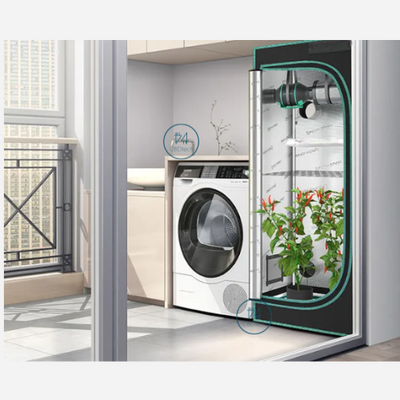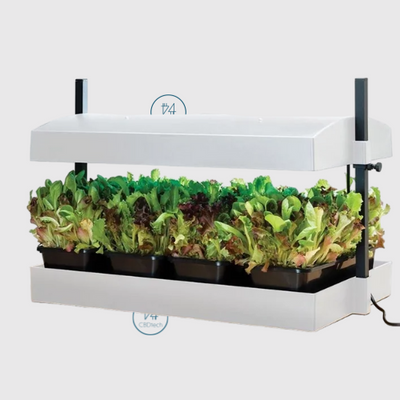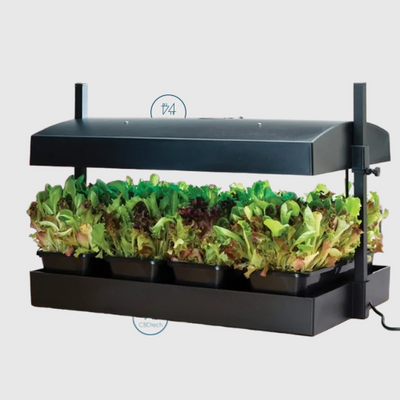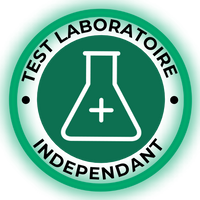Indoor Culture
Successful indoor cultivation is a bit like orchestrating a plant symphony. 🎶 You need the right notes, the right instruments! 🎻 The magic recipe includes special techniques and futuristic equipment to recreate the perfect ambiance your plants love.
What is Indoor Culture?🌱
Imagine a corner of nature in the heart of your home,
Benefits of indoor gardening 👨🌾
Indoor gardening is a ticket to a botanical adventure without seasonal boundaries. Goodbye to the vagaries of the climate, hello to absolute control over growing conditions. Light, temperature, humidity: everything is in your hands to pamper your plants and reap benefits in abundance.
Managing pests and diseases? Child's play compared to the outdoor garden. With well-thought-out precautions, your indoor garden remains an impenetrable fortress for undesirables.
And the icing on the cake? Fresh products, at your fingertips, to enhance your dishes. Succulent tomatoes or aromatic herbs picked on demand, this is the luxury that indoor gardening offers you.
Create the ideal conditions for indoor cultivation 🍃
Now, let's talk seriously, or rather brightly:
The importance of lighting in indoor gardening
Light is the magic wand that transforms the daily life of your plants. Choose carefully between:
- Fluorescent Lamps : Gardeners choose them, not only for their soft, warm glow, but also for their cost more modest than most of their counterparts horticultural. They offer a spectrum bright of the most beneficial for the plants, and, while emitting a discreet warmth, they set themselves up as accomplices ideal for the seed germination.
- High intensity discharge (HID) lamps : High-intensity discharge (HID) lamps stand out as champions of the lumens, this unit of light measurement. HIDs have undergone constant technological developments. However, it is essential to note that these lamps generate a significant amount of heat.
- Light Emitting Diodes (LED): Light-emitting diodes, commonly called LED, made their entry into the field of culture with a bang. Of more and more farmers opt now for this technology. Although their light intensity may seem lower than that of high intensity discharge (HID) lamps, LEDs prove to be a choice more efficient And economic. Despite their potential need to be used in greater numbers, the proper configuration of LEDs allow to get of the results surpassing often those obtained under lighting HID.
The photoperiod, for her part, is the conductor of the plant ballet. By manipulating the weather of light and dark, you orchestrate the symphony of growth, flowering and fruiting. (more information in our guide page 41 )
The basic rule is: the plants continue to
grow when the days are long, and begin to produce flowers
when we give them more darkness.
The role of air circulation and ventilation 🎈
Air is the breath of oxygen for your plants, but also the key to a healthy indoor garden.
Choose the fans adapted to your room culture indoor is a step crucial, closely linked to its dimensions. In a tent of culture, space At ground is often limit, excluding the option of a classic fan. Opt rather for a little model fixed in the corner superior, ensuring efficient air circulation.
An expert tip to remember: Avoid positioning fans directly above your plants. Favor an arrangement that allows air to circulate around or below the plants. This strategy will help maintain optimal humidity levels by preventing any unwanted drops.
Temperature and humidity control 🌡
Imagine that your plants have their weather preferences, much like you have your favorite clothes. Their comfort depends on temperature and a humidity GOOD adjusted. Thermostats, air conditioners, humidifiers, and even ultrasonic misters are your allies in this weather dance. For example, cannabis grows at temperatures diurnal between 20 And 30°C. During the night, or during dark hours, it is normal for this temperature to drop a little. However, the temperature should not never drop below 16°C in your grow room.(more information in our guide page 74 )
THE humidity level constitutes there measure precise of the quantity water present in the air. As an indoor growing enthusiast, you need to be able to evaluate the relative humidity content of your growing room based on your feelings. An overabundance of humidity will be felt instantly, while an overly dry atmosphere can be a little harder to detect.
THE cannabis, be demanding, likes levels humidity specific at different stages of its growth cycle. During the vegetative phase, the rate optimal humidity oscillates between 40 And 60 %. During the bloom, it is recommended to maintain a humidity between 40 And 50 %. Finally, during the ultimate weeks of the bloom, the ideal humidity is between 40% and 45%. Careful control of these parameters will greatly contribute to the prosperity of your indoor culture. (more information on the humidity level in our guide page 76 )
The importance of watering 🚿
One of the common mistakes made by novice growers is a tendency to overwater. Although plants have a notable water appetite, it is likely that they do not need the amount that many novice gardeners imagine. The demand for water evolves throughout the different stages of their development. (more information in our guide page 44 )
Water, the elixir of life for your plants! Water sparingly, as too much or too little can lead to root disasters. Listen to your plants, observe their needs, and water with love.
Nutrients and diet 🥫
Just as humans need specific nutrients for growth, plants follow the same logic. Rather than talking about “plant health,” it is more accurate to refer to “soil health.” If the soil contains the right nutrients, plants will thrive. By ensuring an adequate concentration of nutrients in the soil, you also prevent any pH imbalance.
Cannabis, for example, requires three essential nutrients:
- Nitrogen (N)
- Phosphorus (P)
- Potassium (K)
Each fertilizer or soil has an “NPK” value, representing the ratio of these nutrients. Secondary nutrients such as magnesium, calcium and sulfur are also crucial. (in know more about nutrients page 65 of the guide )
Identifying and Correcting Nutrient Deficiencies in Indoor Culture
There correction of the burns related to nutrients East more simple that that of deficiencies. Simply rinse the substrate with water and hope that the plants are not stressed by excess humidity.
In case of deficiency in elements nutritious, a inspection careful attention to plants is necessary to determine which nutrients are lacking. In order to of ensure a nutrition optimal plants, it is essential to to watch carefully pH of the substrate. An inappropriate pH can hinder the absorption of all nutrients present in the soil. ( Page 68 of the Guide )
The size of your plants, a capital importance in indoor cultivation ☘
He is crucial of prune your plants regularly to maintain their vitality And minimize the risk of waste energy, which could hinder their growth and make it unattractive for you as a grower. However, he is important that the cultivators novices do not give in to the temptation to too much prune with their scissors.
Some precautions are necessary:
The main goal of pruning is to direct the plant's energy to areas where it will be most beneficial. For example, you can opt for the size of some shoots lower, because the buds of your plant will develop mainly in summit of the stem. If several branches already seem to be doing well, you may choose to prune some lower shoots to focus energy on the branches that are already thriving.
There size can also serve has eliminate THE leaves dry Or yellowing. This practice prevents the plant from having to mobilize its resources to save declining leaves. The energy is thus redirected towards the creation of new leaves or the production of flowers. (in know more about thehas size page 73 of the guide )
Flowering Stage 🌹
the long-awaited moment when the fruits of your efforts begin to emerge. However, keep your enthusiasm in check for now. Vigilance remains essential during this crucial phase, because problems can still arise. It's the final act of plant growth, and the slightest mistake can wipe out your entire harvest.
How to Achieve Flowering
For indoor plants (except autoflowering varieties), they must be encourage has bloom in manipulating their cycle bright. As mentioned in this guide, plants in the vegetative phase follow an 18/6 day/night cycle, although some opt for 24/0, but this is less common. To initiate flowering, 12 hours of total darkness each day are necessary. All you have to do is switch the light regime to 12/12.
If you haven't yet distinguished your male plants from females, now is the time (unless you plan to pollinate them to create your own seeds). If you are having trouble identifying the sex of your plant, consult the dedicated section in this guide. And if you have the intention of harvest of the buds, he is crucial of separate THE males of the females. (in know more about thehas flowering page 79 of the guide )
Pest Management 🐛
Although you're less exposed to invaders than outdoor gardeners, that doesn't mean you're safe from all problems. Pests can sneak into your growing space and disrupt the well-being of your plants, making monitoring crucial.
THE aphids are among the parasites the most currents in culture indoor, but spider mites and midges can also be a problem. Resort to pesticides can be necessary, but sprinkle your precious buds of chemical substances is not not ideal. This is where prevention comes in, as the preferred method of control.
Before giving you advice on how to combat these invaders, let's look at some ways to prevent their intrusion. He is always more judicious of prevent than to heal. For an exhaustive list of the most common pests in indoor growing, consult THE chapter on the parasites and predators in the section dedicated to growing cannabis outdoors. (in know more about theare parasites page 81 of the guide )
Optimize the security of your indoor growing space: discretion above all! 🤫
Even in areas where cannabis cultivation is legal, discretion remains a key priority. Although there is interest in the plant, not everyone can start growing it. In addition, there are hostile onlookers who could compromise your efforts.
The first rule to guarantee the safety of your culture is to not share it with anyone!
Only people who share your living space, whether it's your house or apartment, need to know. Although the idea of revealing your new hobby may be exciting, avoid doing so and save the surprise for the harvest.
Maintain noise and odor control
THE noise generated by fans constantly, especially when it is not very hot outside, can arouse attention and arouse the suspicions of your neighbors. Don't forget that you can choose THE hours of day and night for your cultivation cycle. Urban areas are often noisy during the middle of the day due to traffic, schools and workplaces. Activate your fans during the noisiest hours to maintain discretion, stain more well-off during the phase of bloom with only 12 hours of "day" in your growing space.
Also consider using carbon filters and position your space of culture in a part distant of your House compared to your neighbors. For example, if your bedroom is close to or adjacent to your neighbor's, it might be best not to install your equipment there.
Traditional Gardening in Soil vs Hydroponics in Indoor Culture 💦
Traditional soil-based gardening is familiar to most gardeners and provides a rich source of nutrients. However, the hydroponic systems offer benefits such as rate of growth more fast, of the yields increased and a best control of nutrient intake. Understanding the differences between the two will help you make an informed decision for your indoor garden.
Ideal Strains for Indoor Growing 🍃
The choice of seed marks the start of a unique horticultural adventure. Some varieties particularly thrive in an indoor environment. Multiple considerations come into play when determining which variety to grow. For example, the size of the plant and the size of the growing space are crucial factors. Should the efficiency be high enough to compensate for the energy cost incurred?
READ Autoflowering or Femininized Seeds, what to choose?
THE following five varieties stand out particularly in the demanding context of indoor cultivation:
- Northern Light : this indica feminized or to autoflowering renowned, is recognized for its relaxing power on the muscles and the mind. It provides a sensation of relaxation total while evoking a subtle euphoria, thus offering a support appreciated by many people confronted with insomnia or to the pain
- Big Bud: is available in feminized versions and to autoflowering. It is distinguished by the abundance of its harvest, surpassing many other varieties available, while maintaining a moderate stature. As an indica, Big Bud offers its users a deep physical relaxation experience, plunging into enveloping relaxation.
- Amnesia: Despite its status as a variety sativa, Amnesia in feminized variant comes in an incredibly compact form. Its development in height and width is limited, making it ideal choice for the cultivators having of a space interior restricted. Perhaps you already have an idea of the effects it has in store just by hearing its name! Don't be surprised if the experience with this variety you carries In oblivion of all your worries, but remain vigilant so as not to lose anything along the way!
- White Widow: seed (feminized) stands out among the varieties of medicinal cannabis the most famous. This sativa/indica hybrid, although only reaching a moderate height and flowering at a slightly slower rate, does offer a phenomenal yield. The appeal lies in the dense layer of white trichomes that unfurl on the buds, as well as the splendor of White Widow flowers.
- Super Skunk: There seed (feminized version) stands out for growing like an indica while sporting the appearance of a sativa. Perfectly adapted to cultivators indoor operating in spaces restricted, but who appreciate THE effects characteristics of a sativa, Super Skunk proves to be an exceptional choice. Displaying a yield generous, it maintains a moderate stature and ignores temperature rises.
READ ALL ABOUT AUTOFLOWERING SEEDS
Below you will find a summary of the grow tent surface dimensions current, accompanied by the average number of grams of dry matter that can be harvested per crop. This list demonstrates the variety of designs available for grow tents, covering the needs of any consumer, whether the most modest or the most demanding. 😉
Indoor cultivation yield table
| Size | Yield | Quantity | Ideal for |
|---|---|---|---|
| XXS | 30x30x60cm | 10-30g | Micro-consumer |
| XS | 40x40x160cm | 30-75g | Very low own consumption |
| S | 60x60x160cm | 75-150g | Low self-consumption |
| M | 80x80x180cm | 150-250g | Average own consumption |
| L | 100x100x200cm | 250-400g | High self-consumption |
| XL | 120x120x220cm | 400-800g | High self-consumption for 2 |
| XXL | 240x120x240cm | 800-1600g | Who's supposed to smoke all that?! |
| XXXL | 240x240x200cm | 1600-3200g | Where to put all the grass?! |
NOTE : Proper sizing should not only be based on anticipated returns, but also consider the space available in your apartment and, of course, your budgetary constraints. In addition to considering the grow box, lighting, and aeration system, you will also need to consider a variety of other components.
Storage
Your jewels floral are now ready to be savored And preserved. In an optimal state of freshness, they retain their appetizing quality for years. But don't hesitate to reap the fruits of your labor sooner if you feel like it!
The art of storage is child's play. Follow this golden rule:
- opt exclusively for glass!
Avoid contact with plastic, which can infiltrate its unwanted nuances into the buds, altering the taste when tasting. Additionally, plastic encourages moisture buildup, potentially causing your precious crops to wither over time. As for the paper, it has the unfortunate tendency to absorb all the humidity, accelerating the drying process of the buds. Use it for short-term transport, but for long-term storage, prefer the glass jar.
Regarding drying, born overload not THE jar. Give your heads some room to breathe. Guard the jars the shelter, in a cupboard or cool place, away from direct sunlight. Heat and light, enemies of cannabinoids, could compromise their potency over time.
Homemade cannabis products 🍽
Explore beyond the simple combustion or the vaporization of cannabis. Transform it into food, in ointment, or immerse yourself in the world of powerful concentrates. However, eating raw buds or applying them to the skin is not enough to reap all the benefits. THE cannabis need A treatment specific which you can easily make at home with basic kitchen utensils. By reading our free guide on page 151, discover various options for transforming your buds into edible delights or cannabis tinctures.
Disclaimer:
We would like to point out that the cultivation of cannabis is prohibited in France and in most countries. Please inquire about the legislation in your country before use. This section is for educational and informational purposes only, and in no way do we promote the use of cannabis.



